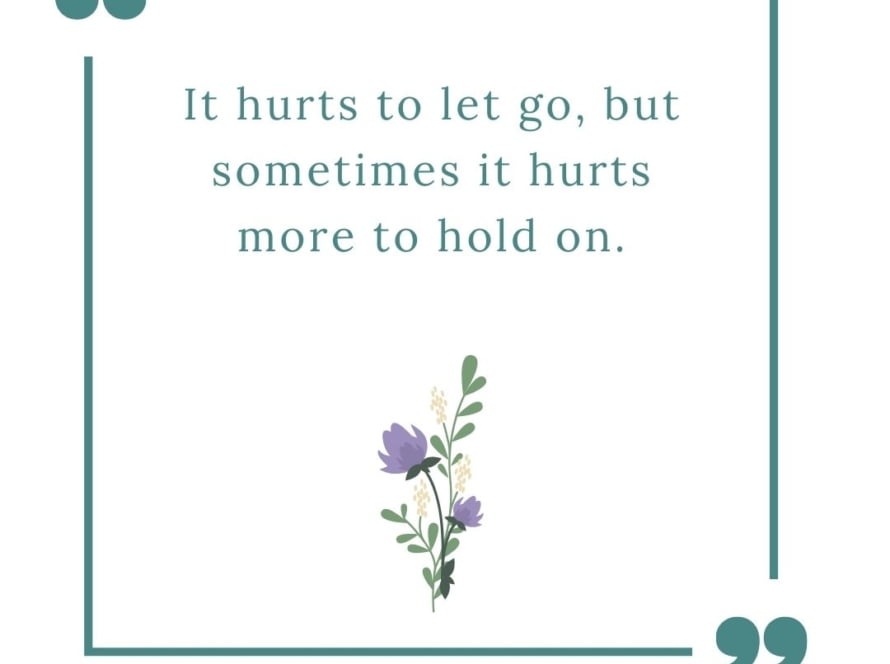I’ve compiled a list of different grounding techniques in this post. The majority of these can be done anywhere and at any time. You can also search some of my previous posts where you will find more in depth information on some of these techniques.
Words in images:
Grounding techniques
- Self-check in – Ask yourself “What do I need now in this moment?” Not what you need later today, in an hour, in 5 minutes time but now.
- Saying a mantra to yourself e.g. “I am safe”, “I am ok”.
- Being mindful/bring awareness to your senses such as
Focus in on 1 particular sense/thing e.g. slowly tasting chocolate, touching a soft blanket, listening to the birds.
Use all your senses on one task e.g., tasting/smelling coffee, watching the heat rise, feeling the warmth of the mug.
Bring your senses/awareness to mundane tasks e.g., mindfully closing your laptop, washing the dishes.
- Box breathing (4 seconds in, hold 4 seconds, 4 seconds out, hold 4 seconds). If being with your breath brings up uneasiness; perhaps try moving/tightening a body part to the same counts (e.g., curl your toes in, hold, release out, hold all for 4 seconds). You can breathe to music instead of focusing on own breath or physical self.
- 5-4-3-2-1 – 5 things you see, 4 things you hear, 3 things you feel, 2 things you can smell/taste, 1 deep breath. This can be repeated several times, you can use it in a different order e.g., 5 things you hear, 4 things you feel etc.
- Progressive Muscle Relaxation (PMR) – Can do a guided audio (lots available on Spotify/YouTube) or can do yourself in the moment. You can focus on one area of tension as opposed to entire body.
- Feet on the floor – Pay attention to any sensations, tingling, hotness/coolness, tightness, etc. Can be done while sitting, standing, walking. Move/wiggle your toes especially if you are re feeling stuck/trapped/frozen. Alternatives can be when you are sitting/lying down with your focus on parts of the body against the chair/ground e.g., legs, back.
- Create a grounding toolkit – This does not have to be a fancy box. It can be more practical to have a small container on your desk/bedside locker that has a mix of nice smells, creams, soft textures that can ground you before/after a meeting/work/sleep etc.
- Writing/typing your thoughts – It does not have to be every day or grammatically correct. It can be a couple of words, sentences, a spider diagram. If your mind is feeling very busy, it can be useful to spend a minute or two writing out whatever is going on (no matter how strange/weird or insignificant if may feel). Also, if the content is particularly difficult, it may not useful to hold onto this or re-read it several times so burn/rip/shred/discharge it afterwards.
- Dance/stretch – Your body stores a lot of emotions and tension, so any movement (even just for a couple of minutes) is effective in releasing any tension. Dancing or stretching does not have to a strict 30 minutes or following a video to complete a full body stretch. It can be playing a song that resonates with you to move with the music. With stretching, it can be becoming aware where you are feeling tight and attending to that gently.
- Placing your hands over your belly where your solar plexus is and breathing in and out from here. Apply a little pressure of where your hands touch your belly to physically feel your belly and breath moving.
- Visual imagery – There are guided meditations for this, but some other options include:
o Bring to mind a calming, welcoming image or space (real or imagined) that can help you to ground.
o In places of discomfort, imagine a soothing light/colour/warm blanket around this area and breath in and out of this place. See meditations of “turning towards difficulty”.
o Watching videos/photos of nature, calming images (possibly with calming music).
Reminders:
- A little goes a long way – We live in a world with much desire for instant gratification. When we don’t see an immediate impact or instant relief, we often think that such techniques have no effect. However, everything adds up – whether that’s little pockets of grounding techniques or little incidents of stress, critical self-talk….it all adds up.
- In moments of heightened panic/anxiety, the logical part of our brain switches off. Therefore, it can be hard to remember to ground and self soothe. Therefore, self compassion for when we forget is really important. Visuals reminders can also be useful here as a reminder.
- Find what works for you.
- Do these techniques even when you are feeling ok, (i.e. not just when you feel uncomfortable emotions/thoughts brewing). These techniques generally come to you more naturally during times of stress when also practiced during non-stressful times and may even minimise overall feelings of stress/upset/anxiety.
- Be kind to yourself when you forget or struggle to ground yourself. If your mind is persistently drawn towards past or future events – beating yourself up in these situations only adds fuel to the fire. We are human and we did not get a say in the design of our brains to over-estimate danger.
- Our brains are plastic (look up neuroplasticity) so the more we try grounding ourselves, the more we will be better able to. This neuroplasticity is the same with rumination of thoughts; the more we think of certain events, the stronger that pathway and connection can become.
- Try these techniques not just before a difficult task but also after it e.g., ground before checking your emails and when you’re finished. We often think about just “mentally preparing” ourselves for events but it’s also important to release and let go after challenging events too.










